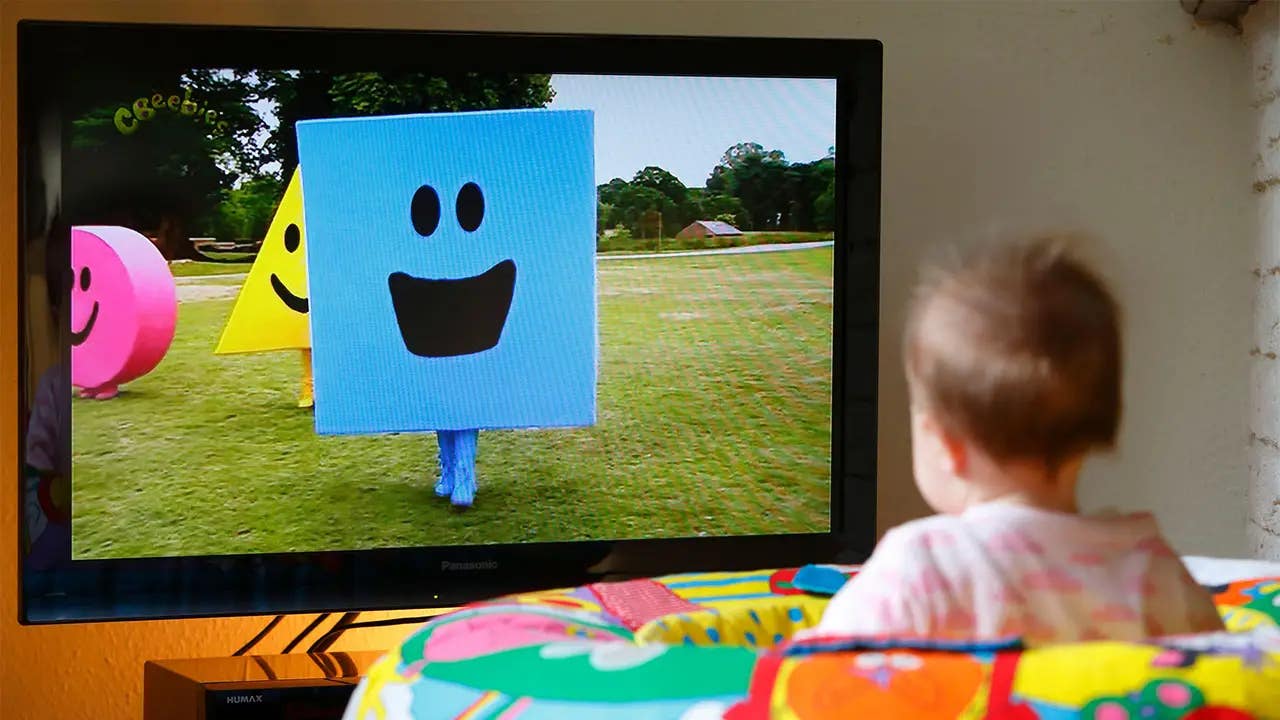This ‘magical’ mud is the secret to wicked MLB curve balls for over 80 years
Discover the fascinating history and new scientific insights into Lena Blackburne Baseball Rubbing Mud, baseball’s indispensable grip enhancer.

The science of Lena Blackburne Baseball Rubbing Mud, the secret ingredient ensuring perfect grip in Major League Baseball for decades. (CREDIT: Getty Images)
For over eight decades, baseball has depended on a peculiar yet essential substance: Lena Blackburne Baseball Rubbing Mud. This unique mud, sourced from a clandestine location along a tributary of the Delaware River, is applied to every baseball before each Major League game. Its purpose? To dull the slick leather, enhancing grip and safety on the field. Yet, until recently, the mud's effectiveness was largely anecdotal, lacking scientific validation.
That changed when researchers from the University of Pennsylvania embarked on a mission to decode the mud's properties. Their findings, published in Proceedings of the National Academy of Sciences, offer the first empirical evidence confirming the mud’s effectiveness. “It spreads like face cream, but it grips like sandpaper. It has this magical ability,” remarked Doug Jerolmack, a geophysicist and co-author of the study.
The research delved into the mud’s composition, revealing a balanced mix of sticky clay and sand particles. This combination creates a surface that boosts friction without compromising smooth application.
According to Jerolmack, the sand particles act like barnacles, enhancing grip, while the clay provides a consistent spread. Attempts by Major League Baseball (MLB) to engineer a synthetic alternative have fallen short. “Nature’s formula is hard to beat,” Jerolmack concluded.
The mud's storied history traces back to a tragic incident in 1920 when Yankees pitcher Carl Mays inadvertently struck Cleveland shortstop Ray Chapman in the head with a baseball, resulting in Chapman’s death. The accident highlighted the dangers of shiny, slippery balls and spurred efforts to find a solution.
In 1929, the National League mandated that umpires soil balls to improve grip. However, initial experiments with infield dirt, shoe polish, and tobacco spit were either too abrasive or discolored the balls.
Related Stories
In 1938, Lena Blackburne, then a third-base coach for the Philadelphia Athletics, recalled a fine mud from his childhood in New Jersey. He retrieved it, processed it, and began selling it to teams. The mud quickly became indispensable, and Blackburne's business endured, eventually passing to Jim Bintliff, the current owner.
Today, MLB mandates that each game uses at least 156 prepped balls, each rubbed with mud for 30 seconds within three hours before play. Teams purchase the mud at $100 per tub, with some, like the Dodgers, ordering extra for their farm systems.
The preparation process involves Bintliff collecting the mud in five-gallon buckets, filtering it, and adding water. He keeps the formula’s finer details a closely guarded secret.
Bintliff isn’t the only one fascinated by this mud. Five years ago, curiosity led Jerolmack’s team to study its properties. Using advanced tools like atomic force microscopy and rheometers, they conducted a trio of tests to analyze the mud’s stickiness, flow, and friction.
They even created a synthetic rubber “finger” coated with squalene—an oil found in human skin—to simulate real-life interaction between a hand and a baseball.
Their findings underscored the mud’s unique properties. Scanning electron microscopy revealed that the mud fills the leather's pores, leaving capillary bridges of water that anchor sand particles. These sandy bits enhance grip at slower speeds but detach at higher speeds, ensuring a consistent performance.
Other experts in material science were impressed by the study’s depth. Emanuela Del Gado of Georgetown University noted, “Simple materials like this can be incredibly complex and teach us a lot.” The study has implications beyond baseball. For instance, its insights could inform the development of cosmetics or lubricants.
Despite MLB’s exploration of alternatives, including a “tacky ball” developed with Dow Chemical, no replacement has matched the mud’s efficacy. “This stuff works,” Jerolmack emphasized. Even as the league modernizes, the tradition of using Lena Blackburne’s mud persists, a testament to its unmatched performance.
Lena Blackburne Baseball Rubbing Mud isn’t just a tool; it’s a symbol of baseball’s enduring connection to nature. Its secret origin and unique properties have cemented its place in the sport. As Jerolmack’s research proves, some natural formulas are simply irreplaceable.
Note: Materials provided above by The Brighter Side of News. Content may be edited for style and length.
Like these kind of feel good stories? Get The Brighter Side of News' newsletter.
Joshua Shavit
Science & Technology Writer | AI and Robotics Reporter
Joshua Shavit is a Los Angeles-based science and technology writer with a passion for exploring the breakthroughs shaping the future. As a contributor to The Brighter Side of News, he focuses on positive and transformative advancements in AI, technology, physics, engineering, robotics and space science. Joshua is currently working towards a Bachelor of Science in Business Administration at the University of California, Berkeley. He combines his academic background with a talent for storytelling, making complex scientific discoveries engaging and accessible. His work highlights the innovators behind the ideas, bringing readers closer to the people driving progress.



